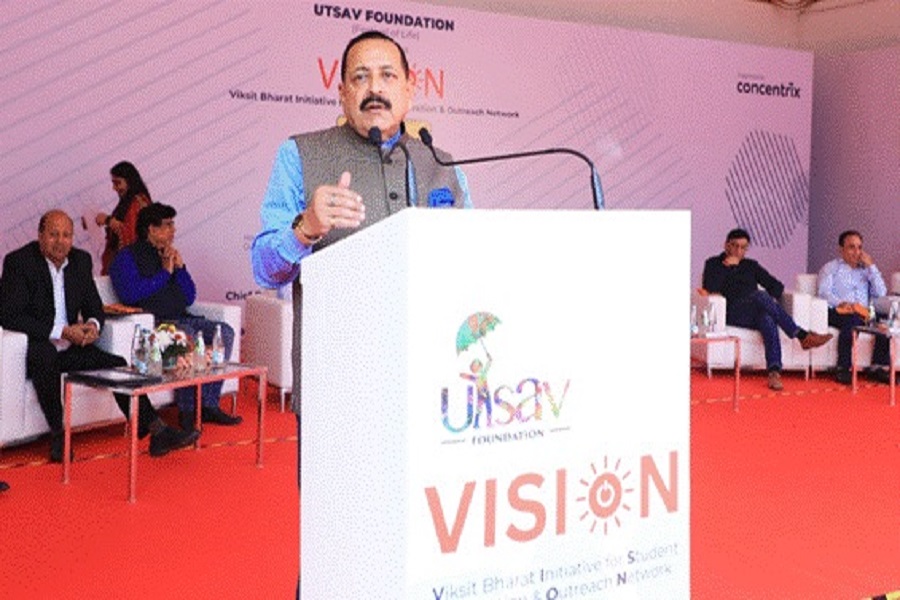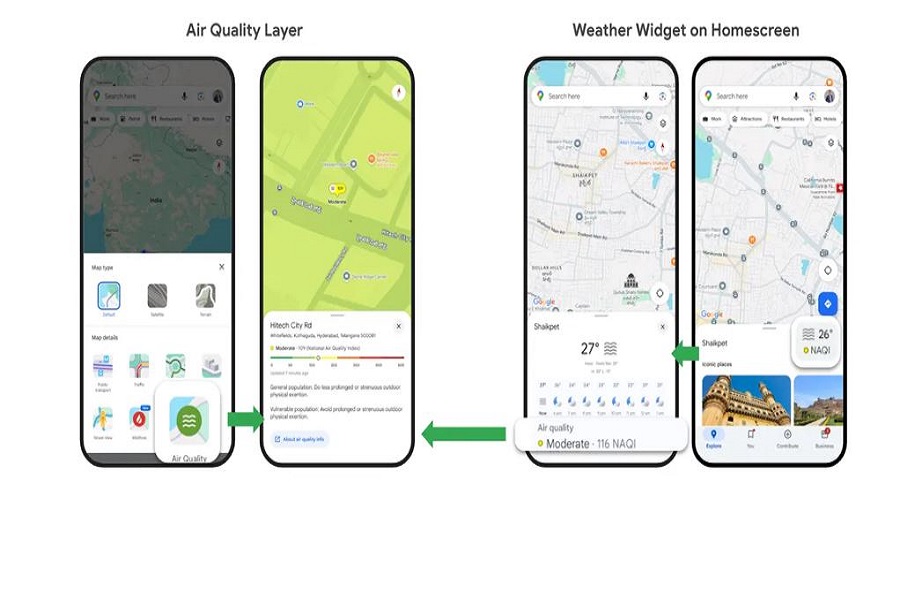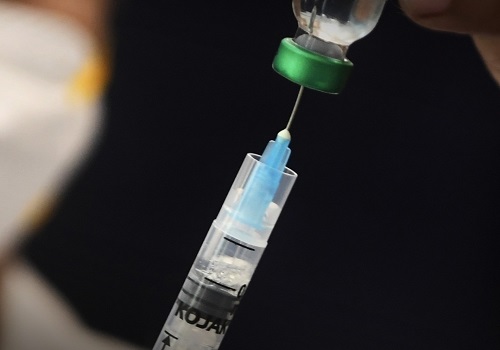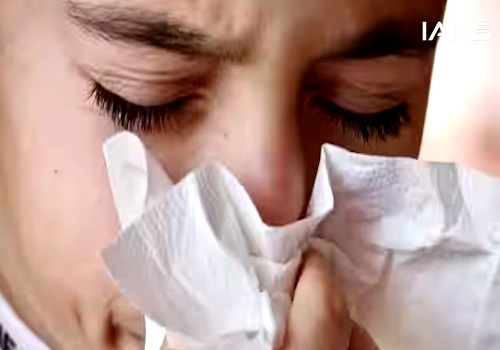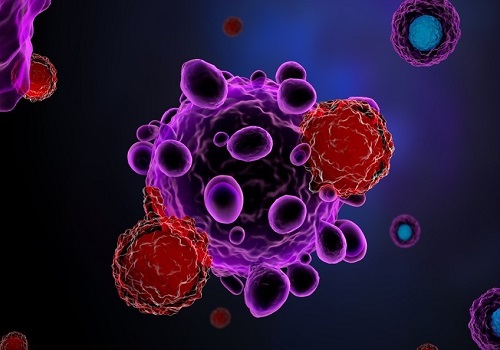3D ice printing can create artificial blood vessels in engineered tissue
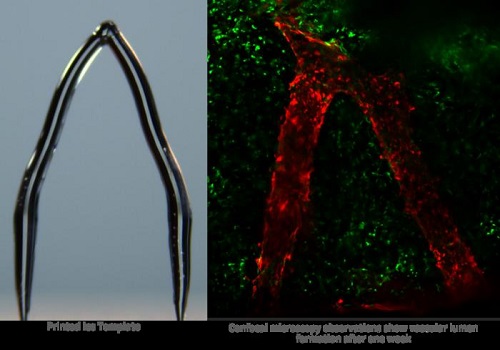
Follow us Now on Telegram ! Get daily 10 - 12 important updates on Business, Finance and Investment. Join our Telegram Channel
New research shows the possibility of using 3D ice printing to help create structures that resemble blood vessels in the body.
Researchers hope the vessels could eventually be used in artificial organ transplants or drug testing.
3D ice printing generally involves adding a stream of water to a very cold surface.
“What makes our method different from other kinds of 3D printing is that instead of letting the water completely freeze while we’re printing, we let it maintain a liquid phase on top,” said Feimo Yang, a graduate student in the labs of Philip LeDuc and Burak Ozdoganlar at Carnegie Mellon University in the US.
“This continuous process, which is what we call freeform, helps us to get a very smooth structure. We don’t have a layering effect typical with many 3D printing,” Yang explained.
Tissue engineering to create lab-grown organs and tissues aims to close the gap between the availability of organs and the demand for transplants.
But one big challenge in tissue engineering is creating blood vessel networks in artificial organs that work like natural ones, from tiny capillaries to larger arteries.
Traditional artificial blood vessel designs often don't mimic the natural design needed to function properly in the body.
In the new study, the researchers used heavy water, a form of water where the hydrogen atoms are replaced by deuterium, which gives the water a higher freezing point, and helps create the smooth structure.
These 3D-printed ice templates are then embedded in a gelatin material, GelMA.
When exposed to UV light, the gelatin hardens, and the ice melts away, leaving behind realistic blood vessel channels.
The researchers successfully demonstrated that they could introduce endothelial cells, like those in blood vessels, into the fabricated blood vessels.
The cells survived on the gelatin for up to two weeks.
In addition to potential use for organ transplant, Yang said that 3D printed blood vessels could be used for testing the effects of drugs on blood vessels.
They could also be coated with a patient’s own cells to see how the cells respond to a drug treatment before giving it to the patient.
